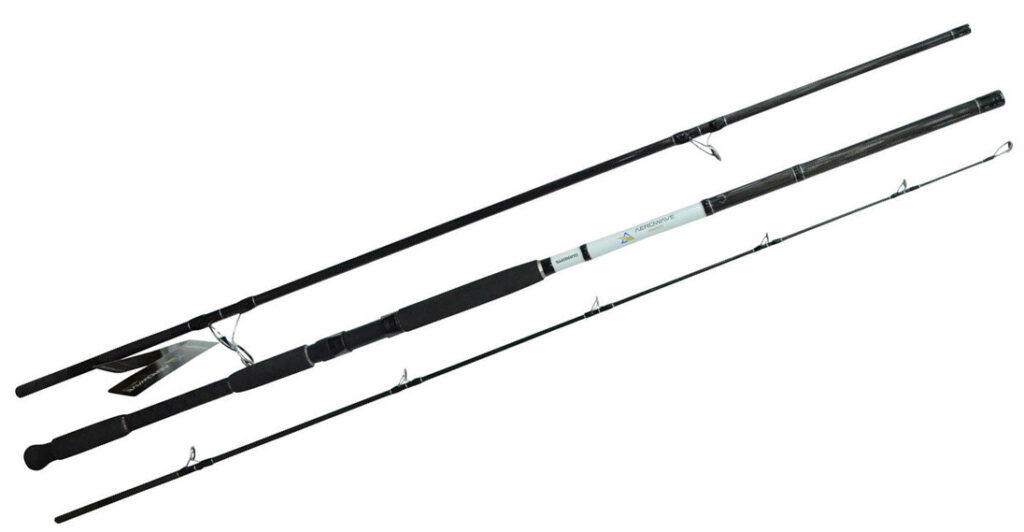The Australian Bureau of Statistics reports that around five million Australians actively participate in recreational fishing as a hobby. Some of the best fishing locations are in New South Wales, Queensland, and Victoria.
If you have decided to take up fishing as a new leisure activity, this may be the first time you are shopping for a fishing rod. This article will help you decide if a certain rod’s features are suitable for your kind of fishing.
Power
Power refers to its resistance to bending. Some rods are stiffer than others. Here are various kinds:
- Ultra-light rods
- Light
- Medium
- Medium-heavy
- Heavy
- Extra-heavy
Fishing enthusiasts recommend matching the fishing rod to the size of the fish that you intend to catch. For instance, ultra-light rods are the ideal choice for catching small baitfish, while large fish need extra-heavy rods.
However, some intentionally use lighter equipment to make fishing more exciting. There’s nothing like struggling to catch a large fish. Using lighter fishing rods is also a test for one’s rod handling skills.
Action
Action refers to the speed at which the rod returns to its neutral position. The material used in creating the rod will dictate its action. A fishing rod can fall under one of the following:
- Fast – will flex the upper one-third
- Moderate – will flex to half of its length
- Slow – will flex up to the butt
Fast action rods are ideal for catching large fish like the “muskie,” “pike,” and “largemouth bass.” With moderate action rods, however, you can fish for both small and large species. Slow action rods are the most flexible, ideally used for catching small fish.
Weight
Weight refers to the rod’s resilience. The classifications range from ultra-light to ultra-heavy. A light fishing rod is very sensitive – you can almost feel the fish biting. However, too much pressure can cause them to break. Proper handling is necessary. For fly fishing, you will need ultra-light or medium rods. With bass fishing, however, you will need a rod from medium to heavyweight.
Length
Rods can range from 4 to 14 feet. If you intend to go bass fishing, the ideal fishing rod is from 6 to 8 feet, measured from the tip to the butt. The general rule is – use short rods for short-distance fishing and longer rods to cast in longer distances.
Material
Fishing rods are made out of materials like graphite, fiberglass, or a combination of both. Although lighter and stiffer, graphite rods have a greater tendency to break. However, its lighter weight makes it more sensitive to detect light bites.
Heavy fiberglass rods are more flexible and durable. For adaptability in fishing at different locations and conditions, the rod made of both graphite and fiberglass is the ideal choice.
Handle
For rod handles, there is a choice of cork, foam, or a combination. Choosing a handle is a matter of personal preference, usually depending on the casting distance. Long handles allow the angler to use both hands and cast long distances. With shorter handles, an angler can cast with singlehandedly or cast in short spaces. For more comfortable handling, it’s best to have a braid fishing line.
Conclusion
Choosing the right fishing rod is the key to enjoying a good catch. Consult your local fishing supply shop and get the right equipment for your next fishing trip.

